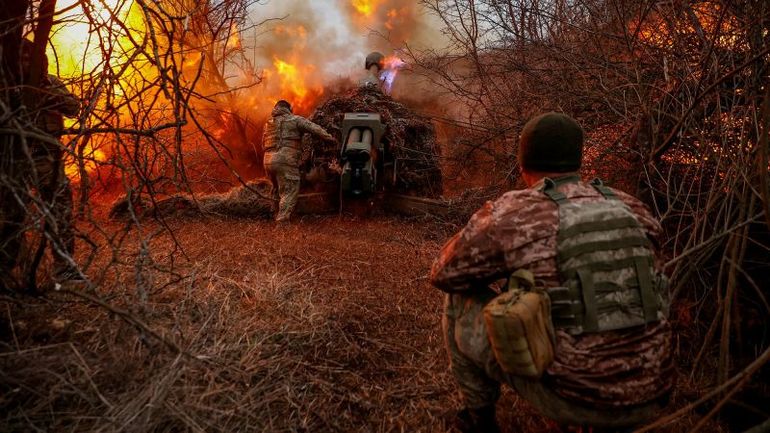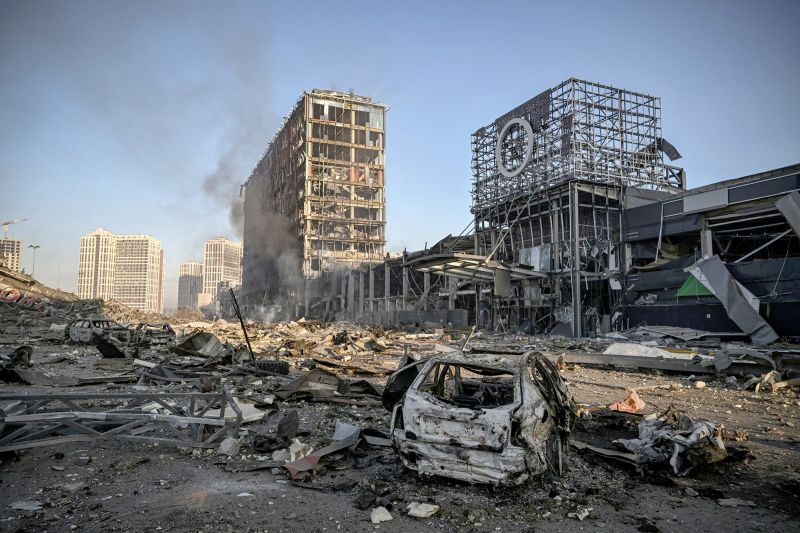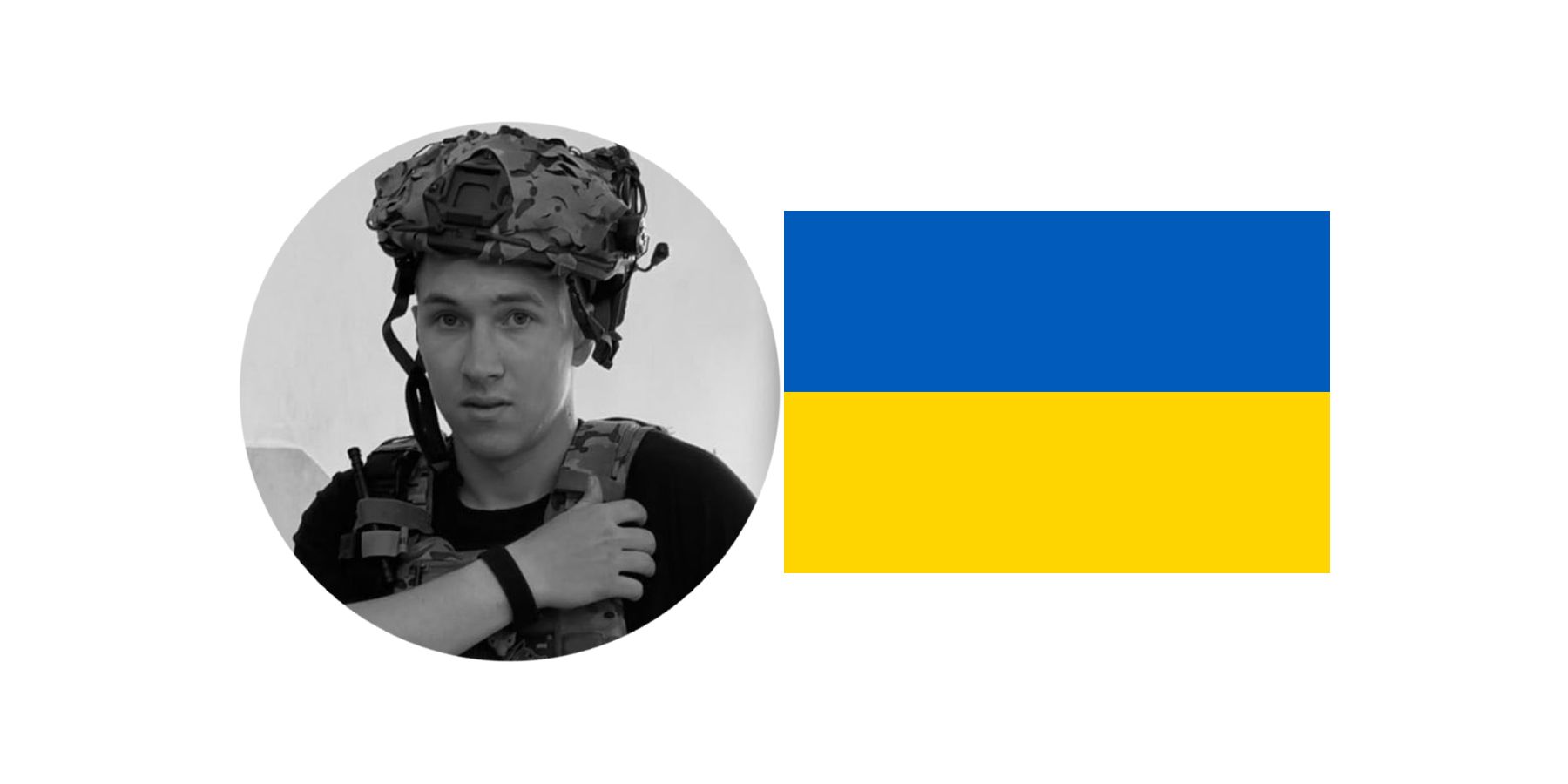
EU's Plan to Utilize $3 Billion Annually from Frozen Russian Assets to Support Ukraine's Military

European Union leaders are exploring a strategy to allocate approximately $3 billion per year from frozen Russian assets to bolster Ukraine's defense efforts in the ongoing conflict.
European Union leaders are discussing a plan to utilize approximately $3 billion annually from frozen Russian assets' windfall profits to support Ukraine's war efforts. The European Commission has put forth a proposal that will be deliberated at an upcoming summit of EU leaders on Thursday.
A senior EU official revealed that a new plan surpasses a previous EU proposal from late 2023. This plan, which was agreed upon in principle last month, aims to utilize interest payments and profits from accounts in Brussels to aid in the reconstruction of a war-torn country.
The official mentioned that a "growing majority" of European countries are advocating for these funds to be allocated to the European Peace Facility. This facility, established in 2021, is designed to fund the EU's defense and military initiatives on a global scale. Unlike the general EU budget, it has the flexibility to purchase arms.
The official mentioned that the EU plan in December focused on reconstruction and providing financial support to the government in Kiev. However, with the current situation becoming more dire, the delivery of weapons is now considered even more crucial.
Pressure on EU states to increase military support for Ukraine has been mounting as aid from the United States has slowed down and Russia has made progress on the battlefield.
The US Senate passed a bill last month to release $60 billion in military aid for Ukraine. However, House Speaker Mike Johnson blocked it from being voted on in the House of Representatives.
This move was aimed at holding Russia accountable and supporting Ukraine.
After Russia invaded Ukraine in February 2022, Western countries took action by freezing approximately half of Moscow's foreign reserves, which amounts to around €300 billion ($327 billion). The majority of these frozen funds, about €200 billion ($218 billion), are held in the European Union, mostly at Euroclear. Euroclear is a financial institution that safeguards assets for banks, exchanges, and investors.
Euroclear is currently seeing a significant increase in cash flow due to payments linked to the frozen Russian assets. These payments include interest payments on bonds, also known as coupons, as well as the proceeds generated by securities that mature and are then reinvested.
Last month, the group revealed that it had made €5.2 billion ($5.6 billion) in interest from income earned through sanctioned Russian assets that were frozen by the EU and Group of Seven countries in 2022.
TOPSHOT - Smoke billows after a Russian attack on the Retroville shopping mall abd residential district of Kyiv on March 21, 2022. - At least six people were killed in the overnight bombing of a shopping centre in the Ukrainian capital Kyiv, an AFP journalist said, with rescuers combing the wreckage for other victims. (Photo by ARIS MESSINIS / AFP) (Photo by ARIS MESSINIS/AFP via Getty Images)
Smoke is seen billowing after a Russian attack on the Retroville shopping mall and residential district of Kyiv on March 21, 2022. At least six people lost their lives in the bombing of a shopping centre in the Ukrainian capital Kyiv overnight, as reported by an AFP journalist. Rescue teams are currently searching through the debris for any other potential victims. The photo capturing the aftermath of the attack was taken by Aris Messinis and is provided by AFP/Getty Images.
Related article
Russia’s frozen assets are generating billions. The EU is getting ready to send them to Ukraine
The European Commission has put forth a proposal to utilize a special levy to gather windfall interest income from frozen Russian assets. EU foreign policy chief Josep Borrell estimates that this initiative will generate approximately €3 billion ($3.3 billion) annually.
Borrell expressed his optimism about reaching an agreement swiftly, emphasizing the importance of converting banknotes into weapons. He highlighted that soldiers require physical arms and instruments to effectively defend their people, rather than just relying on banknotes.
The EU and its allies are committed to holding Russia accountable for contributing to the massive cost of rebuilding Ukraine. According to official figures released by the Commission in February, the estimated cost for the next decade is $486 billion.
Ukrainian authorities project that the country will require approximately $15 billion this year to reconstruct energy and transportation infrastructure, housing, and other essential priorities.
The EU agreed to provide an additional €5 billion ($5.5 billion) for the European Peace Facility on Monday. This funding will be set aside in a special Ukraine Assistance Fund to help meet the country's military requirements.
Reporting for this update was done by James Frater.
Editor's P/S:
The EU's plan to use frozen Russian assets to support Ukraine's war efforts is a commendable step towards holding Russia accountable for its aggression and providing much-needed aid to the war-torn country. The allocation of these funds to the European Peace Facility, which has the flexibility to purchase arms, demonstrates the EU's recognition of the urgent need for military assistance. The pressure on EU states to increase military support for Ukraine has been mounting, and this plan addresses that concern effectively.
The estimates of the cost for rebuilding Ukraine are staggering, and the EU's commitment to providing financial support is essential. The additional €5 billion for the European Peace Facility, specifically designated for Ukraine's military requirements, further underscores the EU's resolve to assist Ukraine in its defense against Russia's invasion. It is crucial that the EU and its allies continue to work together to ensure that Ukraine has the resources it needs to defend itself and rebuild its shattered infrastructure.














